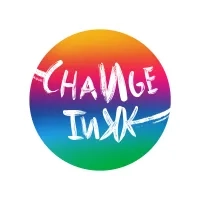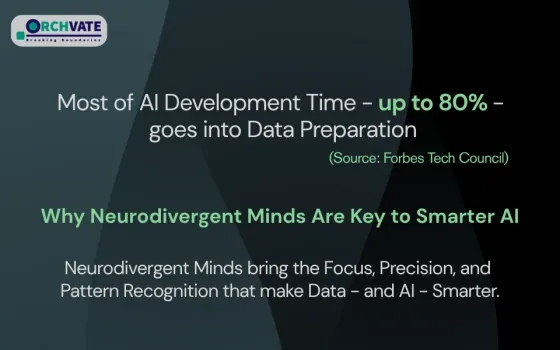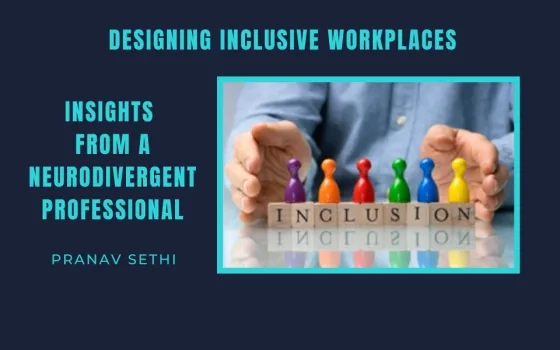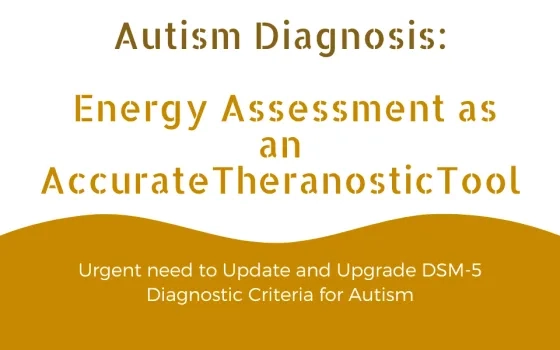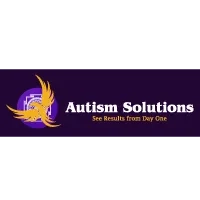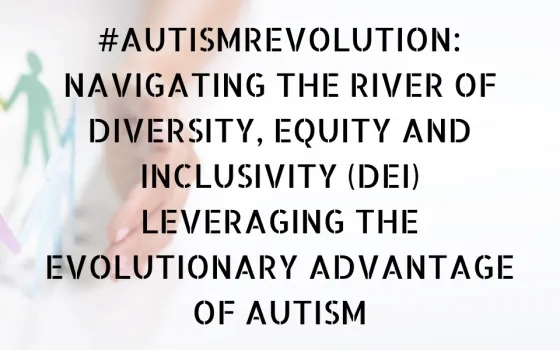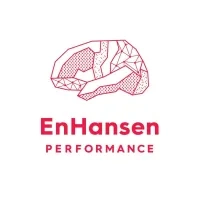Did you know that poor workplace culture is the driving force behind the ‘Great Resignation’, and a more significant contributor to attrition than employee compensation?1 Organisations can no longer afford to overlook culture, and by extension, meaningful inclusion of neurodiversity. Today, ChangeInkk continues our Dyslexia@Work series with a deep dive into what an inclusive workplace culture looks like. Curious? To learn more, read on.
Revisiting the Business Case
As we’ve shared in earlier posts, dyslexic individuals hold the skills and competencies needed for what the World Economic Forum terms the “jobs of the future”.2 If you haven’t already, you may like to learn why we see dyslexic thinking as the key to sustained innovation, and catch up on the global best practices for neurodiversity inclusion. The benefits of neurodiversity inclusion at work include enhanced productivity and effectiveness, lower error rates and unprecedented cost savings.
In India, SAP Labs and Thomson Reuters are among the first movers in the movement for neurodiversity inclusion at work. According to Neha Sathish, Lead, CSR and D&I at Thomson Reuters India, "cognitive diversity is what drives innovation and creativity, and that is something that every corporate every organization requires." Archana GS, Autism at Work Co-lead at SAP Labs India, shares that SAP believes "neurodiversity inclusion is not a CSR activity. We believe that this community brings unique talent to the organization, and that's why we call this a business program. Our neurodiverse recruits are incredibly loyal and goal oriented, with a 90% retention rate (the highest across all our teams)."3

What is “culture”, and why should you care?
Culture provides a framework for understanding why people think and act as they do in the workplace. In a survey of over 1300 C-suite leaders, 92% felt that culture is a strongly predictor of a company’s financial success, influencing aspects like ethical decision-making, creativity, risk-taking and productivity. However, despite its importance, only 16% of them were satisfied with their own workplace culture.4 With the mass exodus of employees in recent years, concerns around workplace stress and burnout have been on the rise. In fact, exposure to workplace stressors increases the likelihood of developing severe health conditions by 55%.5
Over 33% of the predictors of toxic work culture are related to companies’ treatment of employees from diverse identity groups.6 Viewed through the lens of neurodiversity, poor workplace culture can have profound implications, aggravating symptoms, reducing productivity. With only 17% of employers having a good understanding of dyslexic skills, may be one reason why a whopping 73% of dyslexic employees hide their condition at work.7
Takeaways for Neurodiversity Inclusion at Work
As we’ve said earlier, inclusion of neurodiverse individuals in an organisation cannot be just a hiring activity; it must be embedded in culture. Think of the beginnings of gender inclusivity organizational mandates, which, initially, in many cases resulted in the recruitment of women as a way of checking a box. However, over the years, through sensitisation and tailoring of policies and processes, workplaces have become more inclusive, with women taking on leadership roles (yes, it may not be enough, but we have seen a shift).
Similarly, while we are seeing the workplace ecosystem become more inclusive for neurodiverse candidates, yet, we are still a check mark! To reap the full benefits of inclusion, we need to ensure a culture that is conducive to the celebration of neurodiversity. This will also encourage increase their odds of existing neurodiverse members (who may be underperforming) to succeed. A professional development path must be laid out for each neurodiverse hire to enable equal opportunity and ensure that they are not stuck in dead-end jobs. According to Hiren Shukla, Founder, Neuro-Diverse Centres of Excellence at Ernst and Young, “A lot of companies think this is a hiring program. It’s not about hiring. You can get 50 people in the front door. Are you going to keep them? Are they going to grow? Are they going to be engaged? Will they be leaders in your organisation? These are the key answers ... for sustainable and scalable value creation.”
Each organisation has four target groups that can benefit from neurodiversity inclusion initiatives. These are (1) new hires, (2) employees who are diagnosed neurodiverse, (3) employees who are undiagnosed neurodiverse, and (4) employees who are caregivers of neurodiverse individuals. You can help each of these groups thrive and reach their highest potential by better supporting their needs. At ChangeInkk, here’s what we recommend if you want to make meaningful strides for neurodiversity inclusion at work:
Goal-framing to build consensus
Begin by aligning with key decision-makers on making neurodiversity inclusion an essential for your organisation’s growth strategy. In doing so, leverage the behavioural science principle of goal-framing, i.e., connect the inclusion initiative to the ways in which it contributes to their existing goals, such as lowered employee attrition, improved innovation and enhanced profitability. People are much more likely to understand the significance of what they need to do, if you communicate how it is connected to their goals. This will help generate consensus within the organisation and lend momentum to the process.
Sensitise the workforce to build a culture of inclusion by educating them on:
-
Dyslexia (how it manifests, needs and challenges, areas of strength, etc.) and other neurodiversity conditions
-
The importance of respect, acceptance, and celebration of the things that make us different
-
Actionable steps for being more inclusive at work- whether as a manager or a fellow team member of a Dyslexic or otherwise neurodiverse employee
Once the groundwork is laid, identify potential areas for intervention in the organisation’s search and hiring processes, workplace infrastructure, HR policies, professional development avenues, etc.
We recommend that you regularly hold refresher sensitisation workshops for staff, reinforcing that the organisation prioritises building a culture where individual differences born from neurodiversity are valued and respected.
Leaders, nudge norms by modelling your values
Employees may experience exclusion at the hands of colleagues even if the organisation welcomes them- this is where leadership counts. As Sull et al. (2022) conclude, individuals “tend to discount lofty statements about abstract values. Instead, they closely observe what leaders do for signals about what behaviour is encouraged, expected, and tolerated.” Therefore, it is absolutely critical that, as a leader, you walk the talk to embody openness, respect and non-judgement towards neurodiversity. Consider the power of norm-nudging, i.e., modelling good behaviours to shift injunctive norms in the organisation. Over time, with social proof, these good behaviours will become ingrained in the culture of the workplace.
-
Refrain from using insensitive language about your neurodiverse team members- don’t refer to them as ‘suffering’ from a neurological disability, being “slow”, or having “special needs”.
-
Create an environment where employees feel comfortable disclosing a disability without any pressure to do so, and without fear of judgement or backlash.
-
Consciously promote an environment of respectful and honest feedback. When giving feedback to your neurodiverse teammates, do so in objective and actionable terms, with real-life examples. The same can be said for discussions around job roles- set expectations in unambiguous terms with clear, mutually agreed upon performance indicators.
-
Communicate clearly and openly. Challenges associated with dyslexia (or any other neurodiversity condition) tend to become exacerbated when the individual experiences emotional stress and anxiety. Therefore, the more organised and consistent the work environment, the better.
-
Honour direct reports’ preferences regarding communication for work- for example, some employees may prefer to discuss tasks for the week on the phone with their manager, while others may be able to better process an email with a consolidated list of tasks.
-
Comparison is a cardinal sin. As a leader, never compare team members with one another (even if you’re tempted to compare two neurodiverse employees). Each neurodiverse hire will show up differently, with their unique strengths and challenges. Inclusion does not mean compromising on the rigour of work; it means supporting everyone to bring their authentic self to work and contribute their highest quality work towards organisational goals.
-
Provide accommodations to those who seek them. If you feel that accommodations provide an unfair advantage, consider this: Have you ever felt that eyeglasses are an unfair advantage to those who wear them? Accommodations do just that. They level the playing field so that all members of the organisation can succeed.
Intensive support for a “psychologically nourishing” workplace
According to research on workplace well-being, making an organisation psychologically nourishing has a positive impact on job satisfaction, and consequently on performance.9 At Hewlett-Packard Enterprises, which boasts a robust neurodiversity inclusion policy, team leaders who have completed specialised awareness and management training are tasked with helping onboard new recruits. They also work with new hires on their professional development plans. Acknowledging the importance of having new hires acclimatise to their ecosystem, HP have instituted a “buddy” program for neurodiverse recruits, which also helps to get other team members invested in the day-to-day of inclusion. A helpful strategy is to enable neurodiverse recruits create a workplace passport, which conveys information about their preferred working style, modes of communication and accommodations needed and streamlines transitions across teams and projects. You also need to create safe, open, and non-judgmental avenues for conversation with team members who may be unfamiliar with neurodiversity and are seeking support in figuring out the best ways to collaborate with their neurodiverse colleagues. This will ensure the long-term viability of inclusion initiatives.
When in doubt, consult with experts (and leverage their credibility)
To maximise the effectiveness of neurodiversity inclusion initiatives, bring in domain experts, as and when needed. In addition to strengthening the capacity of in-house resources, this has another key benefit. According to the behavioural principle of authority, which posits that those who are seen as knowledgeable experts in their fields have more influence, your association with an established neurodiversity expert will further lend credibility to your inclusion programmes. Global leaders in industry have relied on this model. For example, an organisation like HP relies on collaboration with specialised organisations to train interviewers and hiring managers on how to interact with candidates. Similarly, the EY Neuro-Diverse Centres of Excellence partner with organisations that assist them in recruiting and screening neurodiverse candidates. They also bring in trained coaches to help neurodiverse hires adjust to the business environment and negotiate interpersonal relationships at work. Long story short, know that you are not alone, and lean on experts to help you through the journey of setting up your own Dyslexia@Work initiatives.
External commitment to track progress
According to behavioural scientists, external accountability is one of the powerful commitment devices. The same can be said for monitoring (and sharing) your team’s performance on inclusion parameters. This may entail mapping participation in-house sensitisation sessions, employee diversity (across levels of seniority) and neurodiverse employees’ feedback on the usefulness of current initiatives. Further, prioritise listening to neurodiverse voices and be open to course correction. As the saying goes, “nothing about us, without us”. Your neurodiverse team members must know that they can share genuine feedback without being penalised for it, so focus on building trust with them. Instituting psychological safety committees (with diverse representation within them) is a welcome move. Publicly sharing your commitment towards inclusion will create external accountability, and increase your chances of following through on your intentions with your actions (thereby bridging the intention-action gap).
Neurodiversity inclusion is integral to your organisation’s strategy for enhanced innovation; productivity; employee motivation, engagement and retention; and customer satisfaction. Research has also shown that consumers are drawn to socially aware and inclusive brands! Therefore, taking small and big strides towards inclusive workplace culture is bound to pay dividends. As Shukla notes, “If our organisations are not creating value for stakeholders- not just shareholders, but stakeholders- our brand value, our relationships and our reputational value will be negatively impacted. This is no longer a nice-to-do. This is a have-to-do.”
This article is written by Deepika Ghosh, Lead for Workplace Inclusion and Entrepreneurship, and Noopur Jhunjhunwala, Co-founder and Trustee at ChangeInkk Foundation.
References:
-
Sull, D., Sull, C., & Zweig, B. (2022). Toxic Culture Is Driving the Great Resignation. MIT Sloan Management Review.
-
Ernst and Young (EY). (2019). The value of dyslexia Dyslexic capability and organisations of the future. EY.
-
“Understanding Neurodiversity and How do you make your people management approach neurodiversity smart” (webinar hosted by NASSCOM Foundation)
-
Donald Sull, C. S. (2022). Why every leader needs to worry about toxic culture. MIT Sloan Management Review.
-
Goh, J., Pfeffer, J., & Zenios, S. A. (2016). The relationship between workplace stressors and mortality and health costs in the United States. Management Science, 62(2), 608-628.
-
Graham, J. R., Grennan, J., Harvey, C. R., & Rajgopal, S. (2022). Corporate culture: Evidence from the field. Journal of Financial Economics, 146(2), 552-593.
-
Made By Dyslexia. (2021). JOIN THE DOTS Empowering Dyslexic Thinking in every workplace. Made By Dyslexia.
-
Price, D. (2019). Psychological well-being: Making an organization psychologically nourishing. CQ Net - Management Skills for Everyone!




